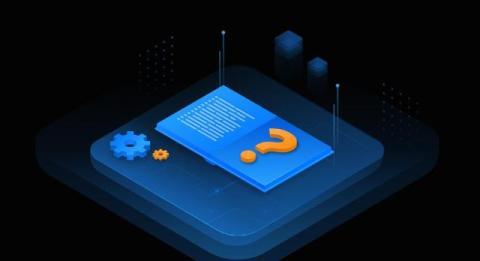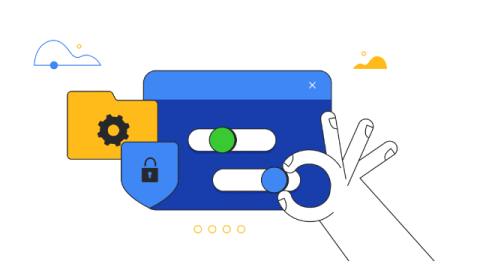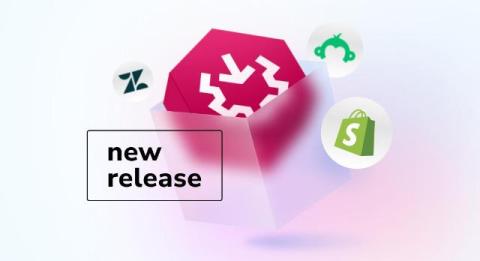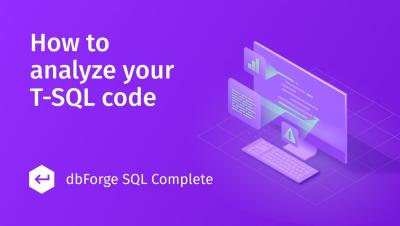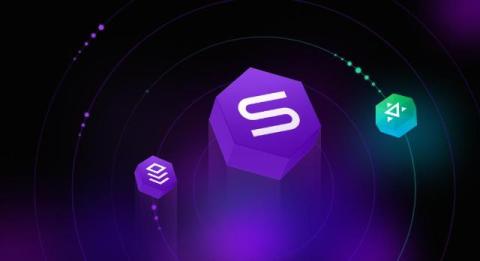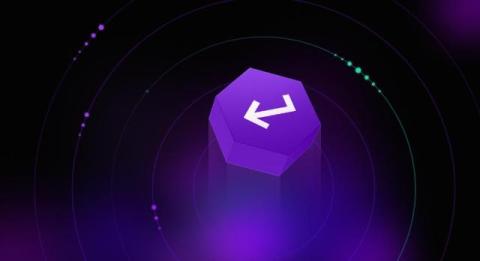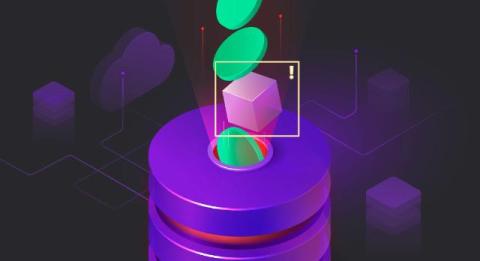How to Restore a MySQL Database with Command Line or Restore Tools
The article gives a deep insight into how to restore MySQL database from a backup file using the mysqldump utility and third-party backup and restore tools, such as dbForge Studio for MySQL, MySQL Workbench, and phpMyAdmin.



